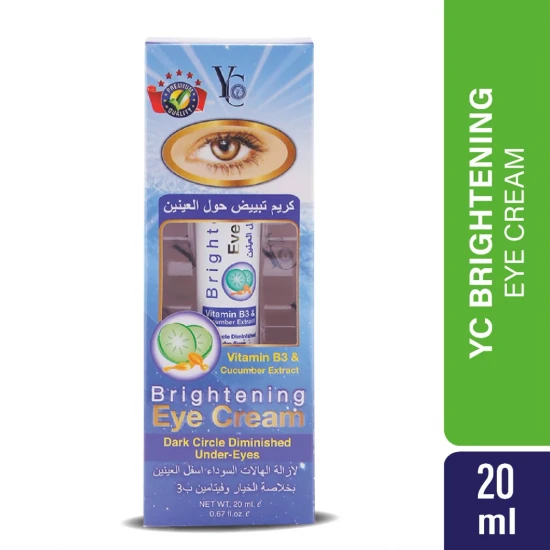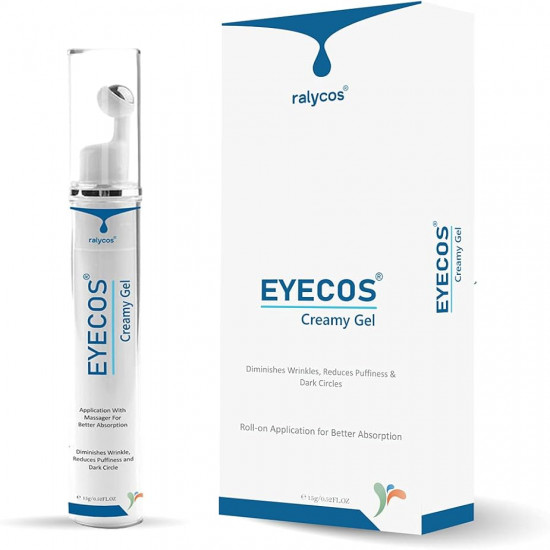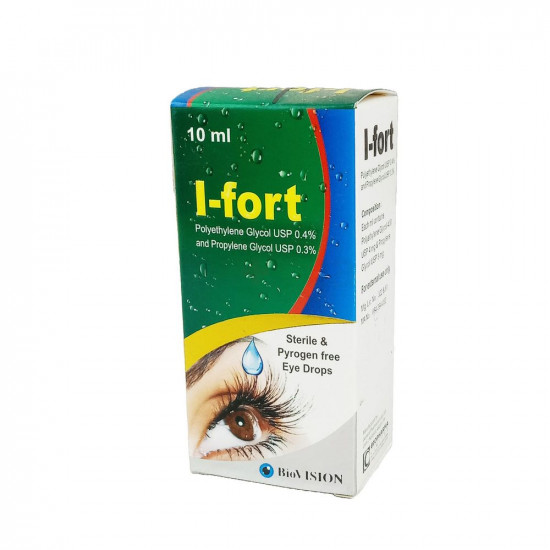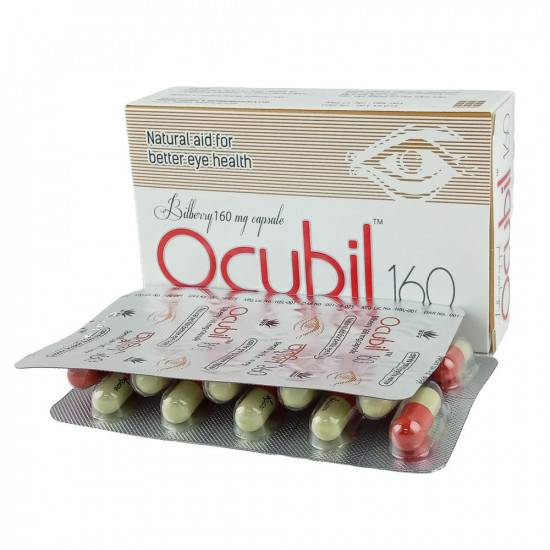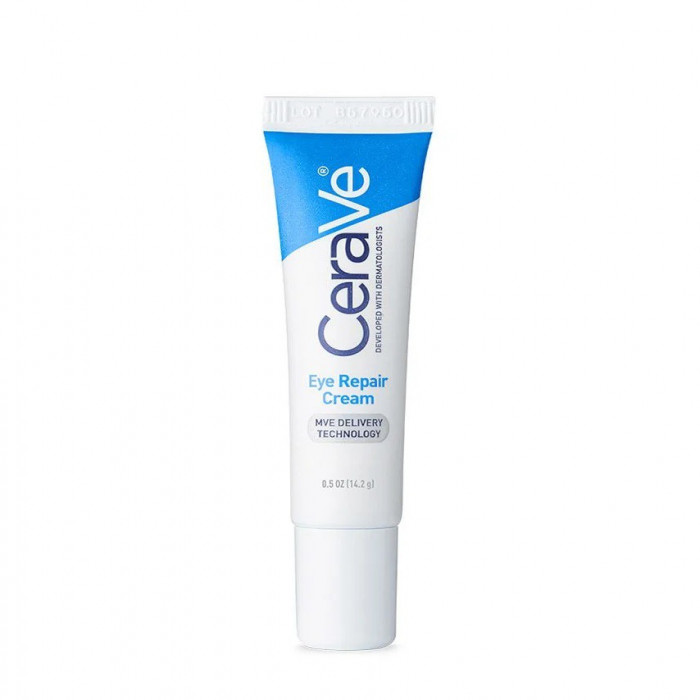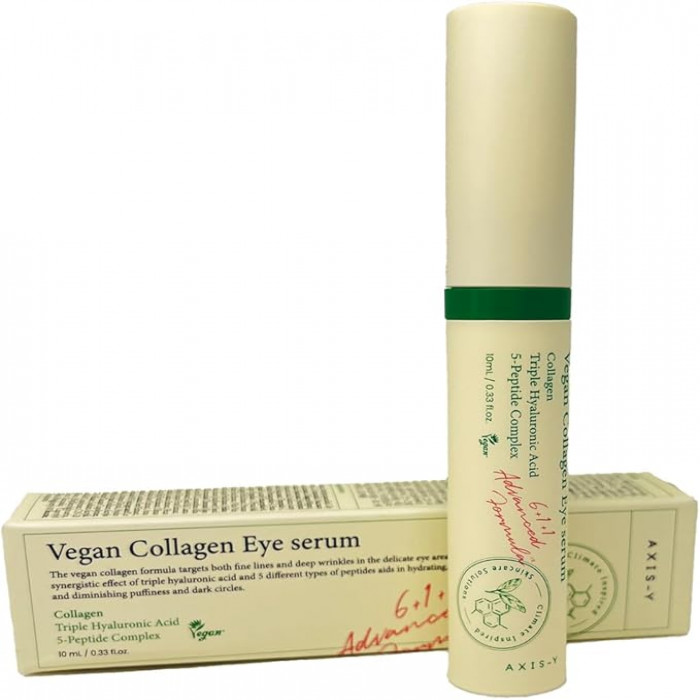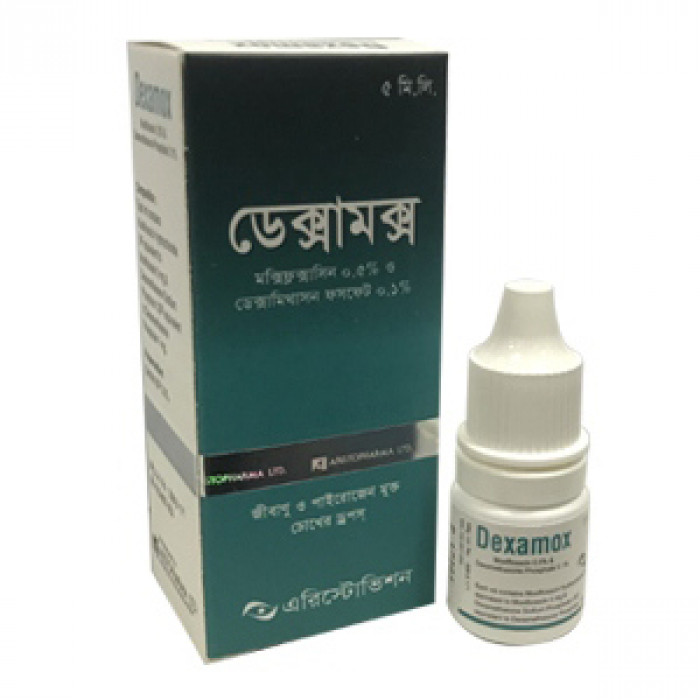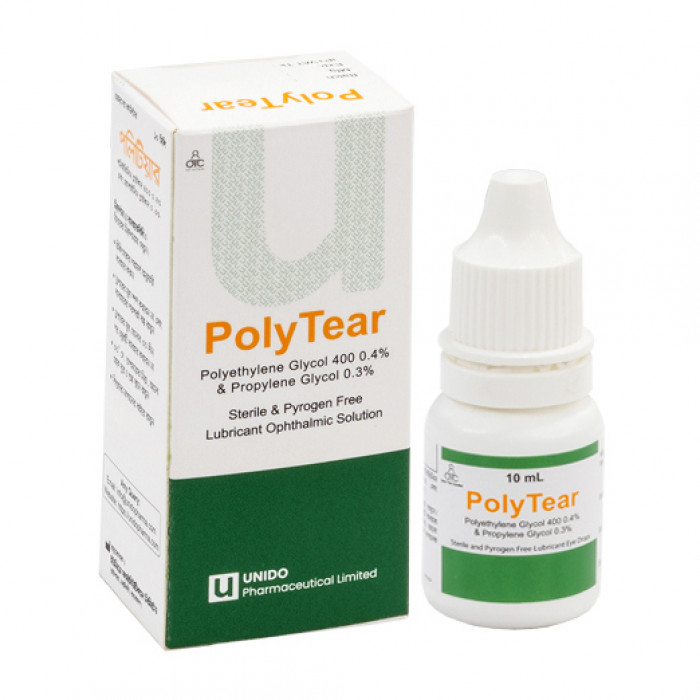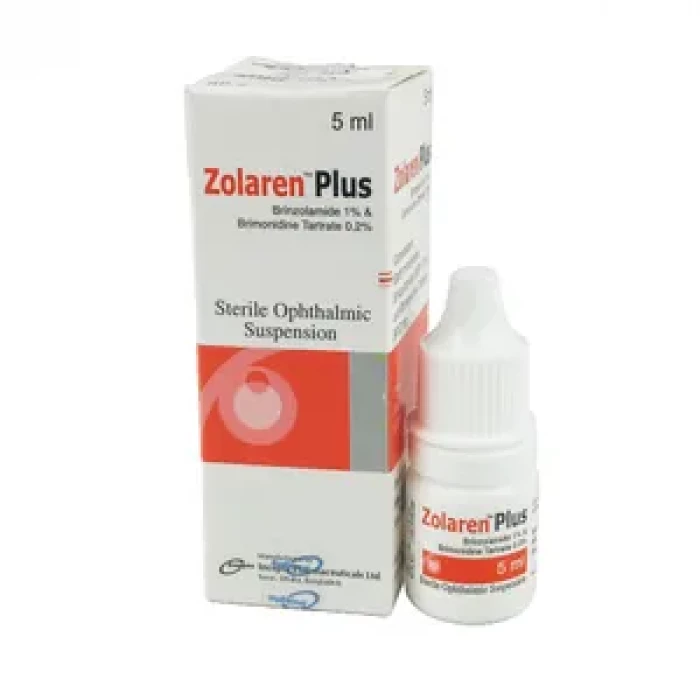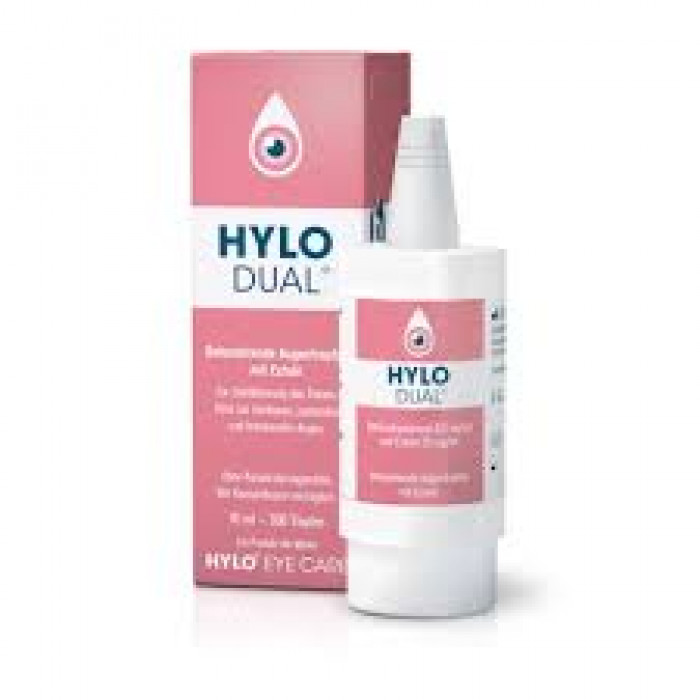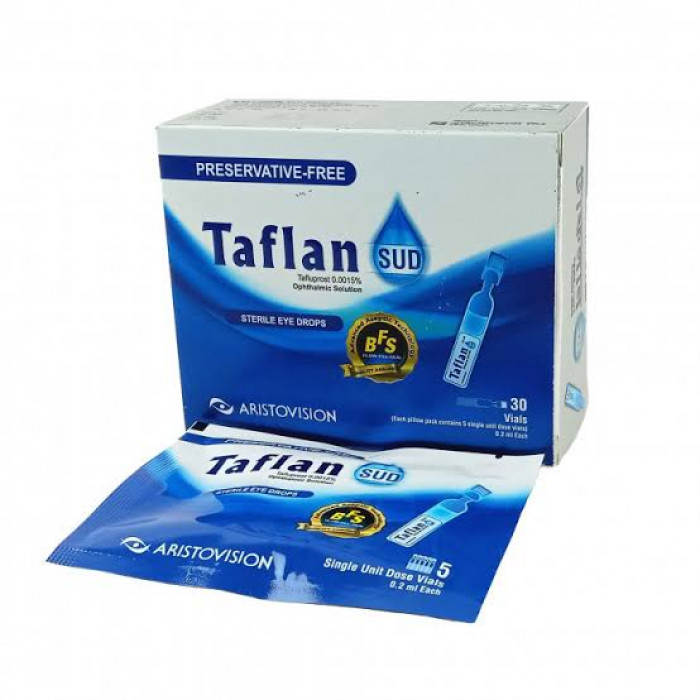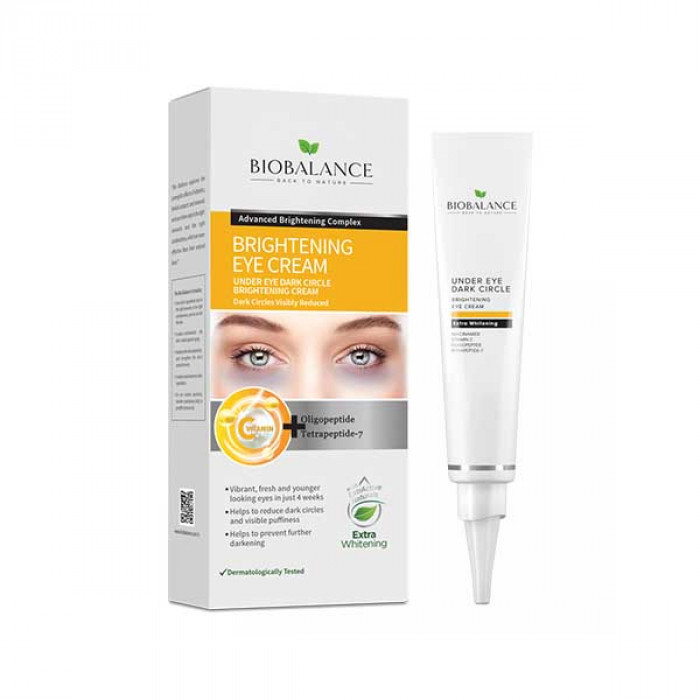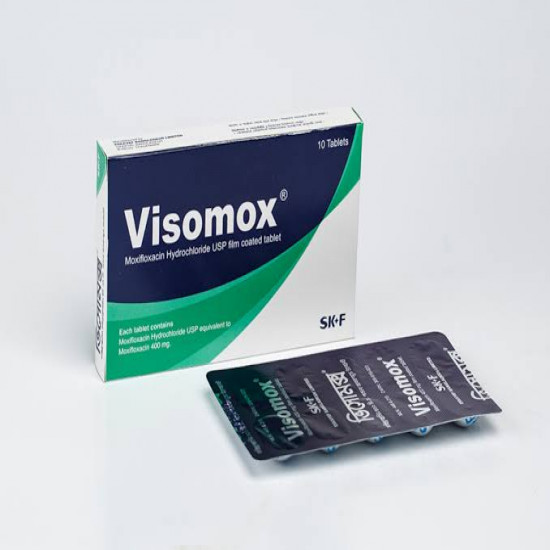
✔ 100% Authentic Product
👁️ Currently Viewing 1499
✅ Description:
Indications
The eye drops are indicated for the treatment of bacterial conjunctivitis caused by susceptible strains of the following organisms:
- Aerobic Gram-positive microorganisms: Corynebacterium species, Micrococcus luteus, Staphylococcus aureus, Staphylococcus epidermis, Staphylococcus haemolyticus, Staphylococcus virapinoccus hominocnee.
- Aerobic Gram-negative microorganisms: Acinetobacterlwoffii, Haemophilusinfluenzae, Haemophilus parainfluenzae.
- Other microorganisms: Chlamydia trachomatis.
Pharmacology
The antibacterial action of moxifloxacin results from the inhibition of topoisomerase II (DNA gyrase) and topoisomerase IV. DNA gyrase is an essential enzyme involved in the replication, transcription and repair of bacterial DNA. Topoisomerase IV is an enzyme known to play an important role in the division of chromosomal DNA during bacterial cell division.
Dosage & Administration
Eye Drops: One drop in the affected eye 3 times per day for 7 days.
Eye Ointment: It should be applied thinly and evenly to the affected eye three times a day for the first two days and for the next five days apply two times a day or as advised by the registered physician.
Interaction
The interaction studies of the cornue with the cornue have not been carried out with an ophthalmological solution of moxifloxacin hydrochloride. In vitro studies indicate that moxifloxacin does not inhibit CYP3A4, CYP2D6, CYP2C9, CYP2C19 or CYP1A2, indicating that moxifloxacin is unlikely to change the pharmacokinetics of drugs metabolized by these Cytochrome P450 isozymes.
Contraindications
Moxifloxacin hydrochloride ophthalmic solution is contraindicated in patients with a history of hypersensitivity to moxifloxacin, other quinolones, or any of the excipients of this drug.
Side Effects
The most frequently reported ocular side effects were conjunctivitis, decreased visual acuity, dry eye, keratitis, eye discomfort, eye congestion, eye pain, eye itching, subconjunctival hemorrhage and subconjunctival hemorrhage and shed tears. These events occur in approximately 16% of patients. The ocular adverse reactions reported with an incidence of 14% were fever, increased cough, infection, otitis media, pharyngitis, rash and rhinitis.
Pregnancy & Lactation
In the absence of adequate and well-controlled studies in pregnant women, moxifloxacin hydrochloride ophthalmic solution should be used during pregnancy only if the potential benefit outweighs the potential risk to the patient with the fetus. Moxifloxacin has not been measured in breast milk, although it can be assumed that it is excreted in breast milk. Moxifloxacin hydrochloride ophthalmic solution should be administered with caution to a nursing mother.
Precautions & Warnings
Like other anti-purpose and prolonged uses can lead to supercharment of semester organisms, including fungi. If superinfection occurs, interrupt the use and institute it an alternative therapy. When the clinical judgment said, the patient must be examined with the expansion aid, such as the bichroscopy of the crack lamp and, if necessary, the coloring of fluorescin. Patients should be advised not to use contact lenses if they have signs and symptoms of bacterial conjunctivitis.
Therapeutic Class
Ophthalmic antibacterial drugs
Storage Conditions
Store below 25 ° C. Do not freeze. Keep in a cool and dry place, protected from light. Keep out of the reach of children. Do not touch the tip of the dropper for a surface because it can contaminate this preparation. Do not use after a month of the first opening.
⚠️Disclaimer:
At ePharma, we’re committed to providing accurate and accessible health information. However, all content is intended for informational purposes only and should not replace medical advice from a qualified physician. Please consult your healthcare provider for personalized guidance. We aim to support, not substitute, the doctor-patient relationship.




